Off towards the Severn Estuary by following the Bristol Avon to Avonmouth and then cycling north, I saw both Severn Bridges.
I found a Black Redstart at the older of the two bridges, whilst sitting on the wall where one could view the magnificent bridge and the expansive Severn Estuary.
Many years ago I had brought a coachload of Secondary
aged teenagers here, back in the days when this spot was a large M4 motorway
café. The buildings here now are offices. The trip with the forty-plus students
at Coppice High School, Ashmore Park, Wolverhampton was to Slimbridge of course
but also to the Severn Estuary shoreline, near to where Offa’s Dyke ended or
began depending on your point of view.
I cycled out onto the old Severn Bridge, stopping half way over to enjoy the view, wind and drizzle.
Barnaby Bear didn't enjoy the sensation of such delights and just sat on my bike shivering, silently complaining and waiting for me to GET OFF THE BRIDGE!
A phone call from Slimbridge and rain starting to fall, persuaded me to get to the WWT centre a day early.
I was met there by Sally Monroe and once I had stowed away my bike and belongings in an office, I was photographed with James Lees, the warden, in front of the Sir Peter Scott bust.
Welcome to Slimbridge - Map & Day Planner
Massive works were going on around the grounds, and parts of this favourite of birding places resembled a large building site. Down to the Holden Hide with James but only the Pink-footed Goose was on view.
An evening with the two Daves and Jane, Dave Paynter's wife was extremely enjoyable and the chilli was not ridiculously hot.
My intention had been to camp somewhere near Slimbridge but on being about to leave, Dave Paynter had come up to me to say, "You're not camping tonight. My wife has made a curry for you with a pint!"
The kindness of strangers, it was an absolutely fantastic evening with so many stories about my conservation hero, Sir Peter Scott and what it was like working at Slimbridge for decades.
A Peregrine had been the first bird seen, one from my bedroom window at Dave and Jane Paynter's house!
I was interviewed on the radio later in the
morning, BBC radio WM with Louise Patterson of the RSPB, given by phone whilst
sitting on the top level of the Holden Tower.
A nice phone call from Ian Crutchley
later, a birding friend from Wolverhampton, one of my ex-students from Coppice
High School and probably one of the students on the Coppice Bird Club outing
mentioned above. Ian had heard the interview and said that my Brummie accent
sounded strong. Good job too! I am proud to say I am from that city. Proud to
be a Brummie! World’s best city.
Birds that James & I saw from the Holden Tower and whilst walking around Slimbridge’s grounds, included two Willow Warblers, two Wheatear; a male and a female, two Greenland Whitefronts, the lone Pink-footed Goose and a distant Great White Egret. Good list with twenty seven Swallows too. Barnaby Bear and I has also given out stickers to children who had said hello to him.
After being with James and had enjoyed a tour of the whole visitor's centre and grounds, I was escorted by an amazing young woman, Phoebe, who showed me the duckery at the far end of Rushy Lake, a place I had never visited before during the dozens of previous visits to Slimbridge.
What a privilege to be shown around by the delightful Phoebe, her knowledge and enthusiasm for the process of getting so many rare duck species to hatch and survive was phenomenal.
Phoebe Snetsinger (née Burnett; June 9, 1931 – November 23, 1999) was an American birder famous for having seen and documented birds of 8,398 different species,[1] more than anyone else in history at the time, and was the first person to see more than 8,000.[2] Her memoir, Birding on Borrowed Time, explores this achievement. She traveled the world multiple times to find birds in their habitats. She was described as having had an excellent memory and a strong competitive spirit.[1]
After receiving a melanoma diagnosis at age 50, Snetsinger took up birding avidly, becoming known as a sharp observer who kept detailed notes. Her multiple expeditions around the world to often remote locations occasionally proved to be dangerous. Initially driven to join the competition of seeing the most birds by the prognosis that her cancer was fatal, she died in a vehicle accident while birding in Madagascar about 18 years after the diagnosis.
Thanks Phoebe for the inspiration and thanks Phoebe for being such a wonderful guide.
Back in the large Millennium visitor's centre, I met a classful of young children from Gracefield School.
A late afternoon cycle along the Gloucester Ship Canal was a struggle in places, with thick mud on the towpath and eventually I reached a secluded spot, where unseen from the path, I could put up my tent. It had views over some extensive wet grasslands, scraped and pools toward the River Severn.

xxxxxxxxxxxxxxxxxxxxxxxxxxxxxxxxxxxxxxxxxxxxxxxxxxxxxxxxxxxxxxxxxxxxxxxxxxxxxxxxxx
This a photograph of Mrs Turley with our class. I am the one with the right angle ears at the far right end of the back row.
Peter Scott's Bird Sanctuary (1938) - Youtube
Click on the above WWT logo to find out more about the WWT on the WWT website.














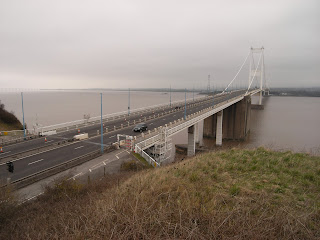

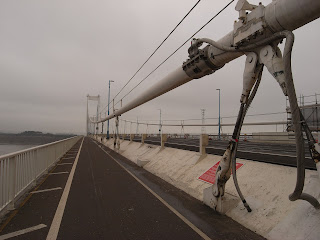


















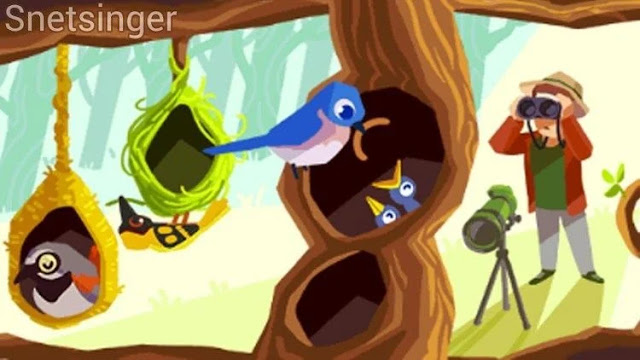











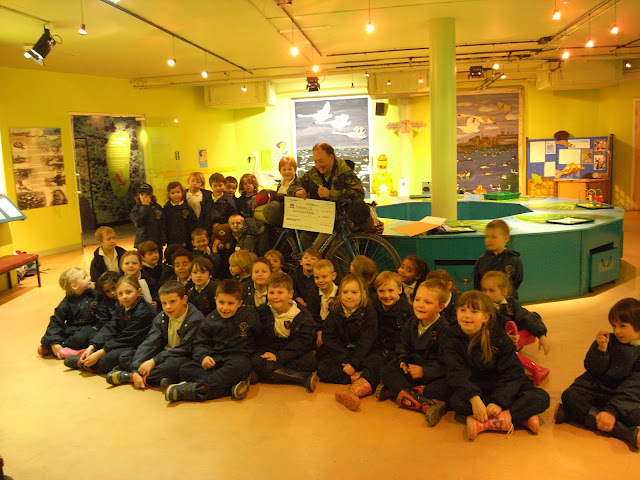
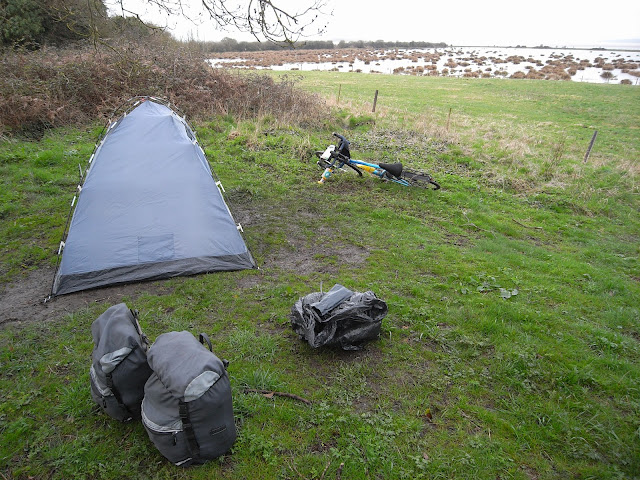









No comments:
Post a Comment